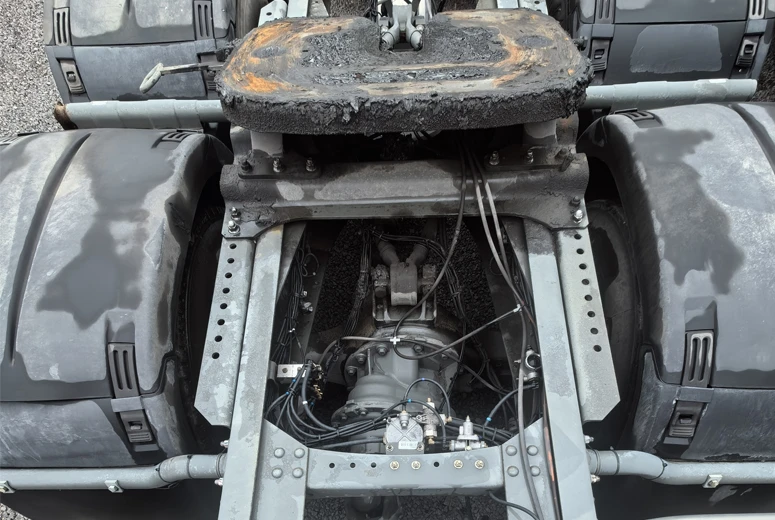milling machine in road construction
The Role of Milling Machines in Road Construction
Road construction is a complex process that involves multiple stages to ensure the durability and safety of the infrastructure. A crucial piece of equipment in this process is the milling machine. This powerful machinery is extensively used for the rehabilitation and maintenance of paved surfaces, making it an integral part of contemporary road construction practices.
Milling machines are primarily designed to remove the top layer of asphalt or concrete from the roadway. This process, known as cold milling or pavement milling, is essential for several reasons. First and foremost, it allows for the repair of damaged surfaces, such as those with cracks, potholes, or ruts. By milling away the top layer, construction crews can assess the underlying material and make the necessary repairs before laying down a new surface. This not only enhances the road's longevity but also improves driving safety.
The operation of a milling machine involves several key components. The most prominent feature is the rotating drum equipped with sharp, heavy-duty bits that grind away the surface material. The depth of the cut can be adjusted, allowing operators to remove varying amounts of material based on the specific needs of the project. This versatility makes milling machines suitable for a wide range of applications, from minor surface repairs to major rehabilitative efforts on heavily trafficked roads.
One of the significant advantages of using milling machines in road construction is efficiency. Traditional methods of road repairs, such as resurfacing with new asphalt, can be time-consuming and may require extensive machinery to remove the old material. In contrast, milling machines quickly and effectively remove the top layer, allowing for faster project completion. Furthermore, the material removed during the milling process is often recyclable. The milled asphalt can be processed and reused in the creation of new asphalt mixes, promoting sustainable construction practices and reducing waste.
milling machine in road construction

Another benefit of milling machines is their ability to provide a textured surface that enhances the new layer of pavement's bonding. A properly milled surface improves adhesion between the existing material and the new layer, leading to a smoother and more durable road. This important characteristic helps in preventing issues such as delamination, which can occur when the new surface fails to bond properly with the underlying material.
As road construction absorbs increasing amounts of traffic and faces the consequences of environmental wear and tear, the importance of milling machines is set to grow. Modern milling machines are equipped with advanced technology, such as GPS and computerized controls, allowing for precise operation and monitoring. These advancements enable contractors to achieve greater accuracy in the removal process while minimizing material loss and ensuring compliance with project specifications.
Moreover, milling machines contribute to enhancing safety on construction sites. By efficiently removing damaged pavement, they minimize the risk of accidents caused by surface defects. In addition, their ability to operate in a controlled manner reduces the likelihood of injuries to workers and drivers in the vicinity, ultimately fostering a safer working environment.
In consideration of the current trends in road construction, municipalities and construction companies increasingly recognize the need for comprehensive rehabilitation strategies that incorporate milling techniques. As cities grow and the demand for well-maintained road networks increases, the reliance on milling machines will likely become even more pronounced.
In conclusion, milling machines play an essential role in road construction, enhancing the efficiency and effectiveness of surface repair and rehabilitation. With their ability to remove damaged pavement, produce recyclable materials, and promote safer road surfaces, these machines are indispensable tools in the construction industry. As technology continues to evolve, the capabilities of milling machines will expand, further solidifying their position as vital assets in the quest for durable and safe road networks. The future of road construction is undoubtedly tied to these powerful machines, marking a significant step forward in infrastructure maintenance and development.
-
SINOTRUK HOWO 84 Electric Dump Truck for Eco-Friendly Heavy HaulingNewsJul.26,2025
-
The Fast 16-Gear Manual Transmission Assembly for Heavy TrucksNewsJul.25,2025
-
Mercedes Benz Actros 1848 42 Tractor Truck for Sale - Reliable PerformanceNewsJul.24,2025
-
High-Quality Water Pump Assembly for Sinotruk Trucks – Durable & ReliableNewsJul.23,2025
-
Premium Truck Engine Antifreeze Coolant Fluid for Heavy Duty VehiclesNewsJul.22,2025
-
FOTON View G7 Mini Bus: Affordable & Spacious TransportNewsJul.22,2025
Popular products

























